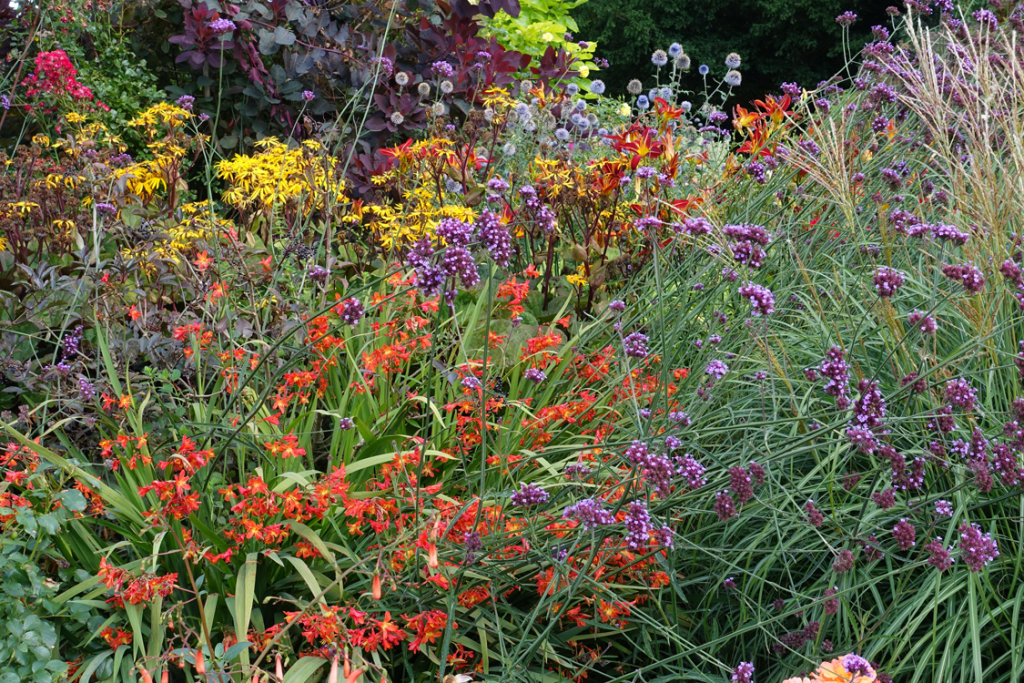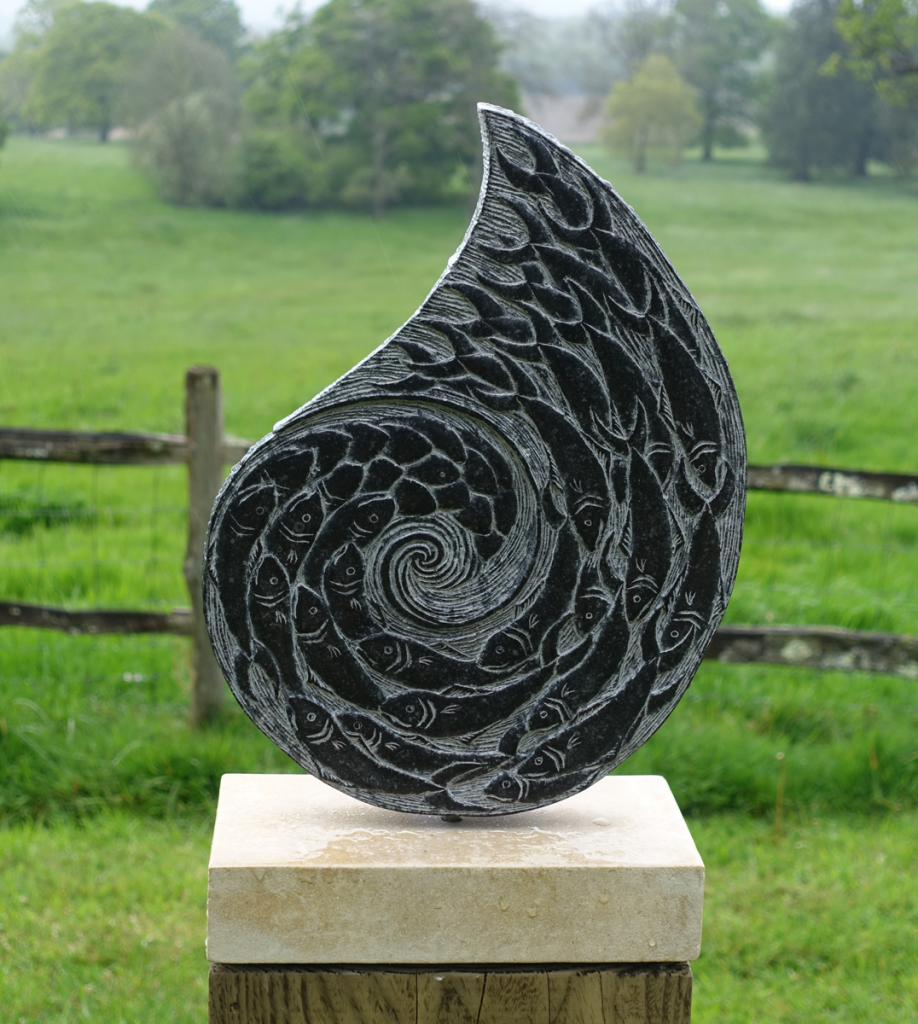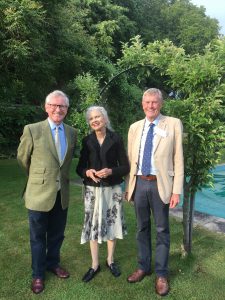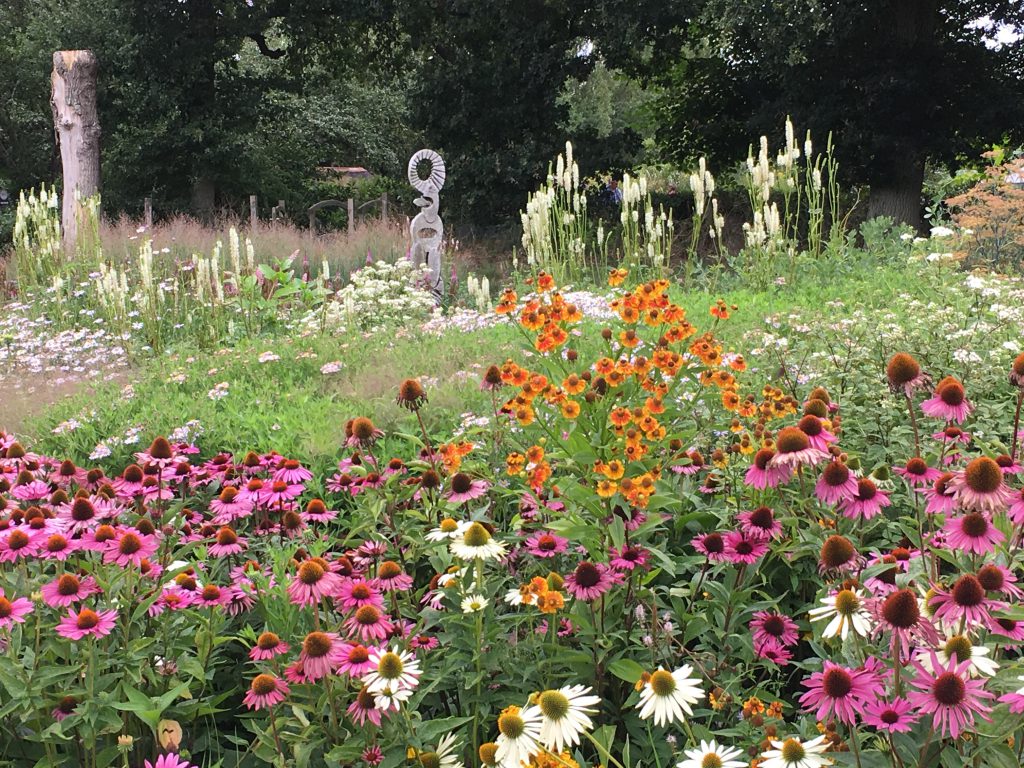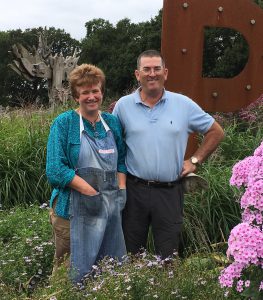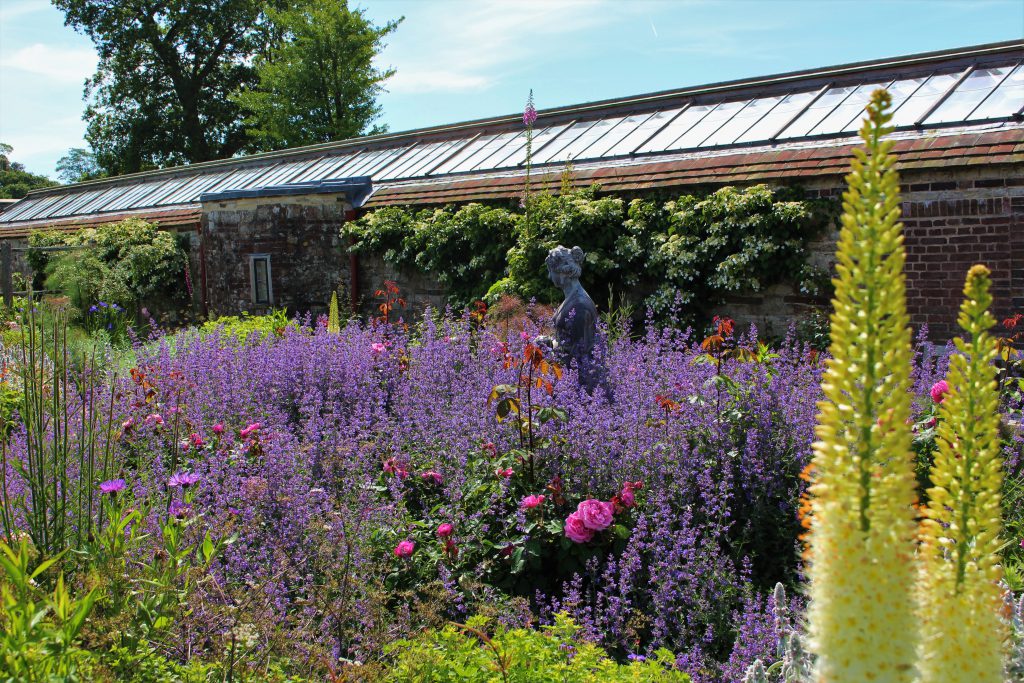
Like so many of us I was blessed to spend the weekend in my English Country Garden. The purple Alliums that line the borders have been joined by brilliant orange Geums and an array of abundant, scented Roses whose colours and texture soothes the heart. They are complimented by violet Geraniums and the blue of the Salvia, their hues evolving in the light and heat of the day. As you process up the gravel path between the beds on either side the plants enfold and hold you.
It has once again caused me to reflect on how it must been for those who do not have a garden or access to a green space during the Covid-19 lockdown. I hope they will be blessed by the easing of restrictions with good social distancing allowing them to see some loved ones and keep safe.
Being in my garden brings to mind a Garden Scene we sold recently at Toovey’s for £2000. It was painted by Alfred William Parsons (1847-1920) in the early 20th century. Parsons was a Royal Academician. A very English artist, he worked as an illustrator, landscape artist and garden designer. He was recognised for giving voice to an ‘Englishness’ in his work which resonated with the American imagination.
Alfred Parsons brought art to the garden and his designs. He would produce ‘portraits’ of gardens and precise illustrations of botanical specimens. Parsons worked with the famous gardener, William Robinson, on several books. Alfred Parsons would design gardens in Britain and the United States. His transatlantic connections were strengthened through his membership of the Anglo-American ‘Broadway Group’. It was made up of artists and writers that included the author Henry James and artist John Singer Sargent. Broadway in the Cotswolds drew composers too, like Edward Elgar and Ralph Vaughan Williams.
The painting, Garden Scene, depicts that moment where spring turns to summer.
A black terrier lies panting, cooling herself on the stone flags beneath the scented Jasmine. The striking blue Agapanthus line the path and invite us into the scene as a young woman, carrying a wicker basket, catches the attention of a Jack Russell with a treat. At the back of the border a climbing rose holds our eye.
I am excited by how strong the demand is for a wide range of collectors’ items, antiques and art like this Alfred Parsons oil at the moment, and by the number of people booking appointments for auction valuations.
